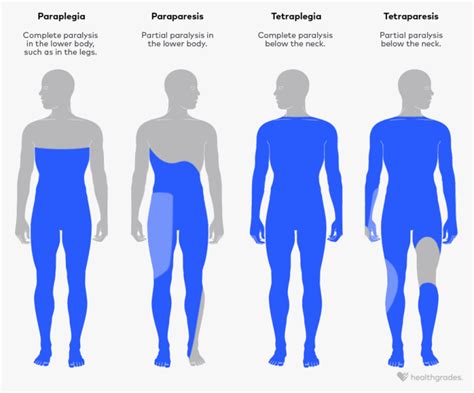Imagine soaring through the skies, guiding a virtual quadcopter with your mind alone. This groundbreaking technology is not just science fiction but a reality for individuals with paralysis, offering them a thrilling avenue to engage in games and potentially revolutionize remote work.
“This is a greater degree of functionality than anything previously based on finger movements.”
The essence of this innovation lies in dividing the hand into three distinct components: the thumb and two pairs of fingers – index and middle, along with ring and small fingers. Each segment possesses the ability to move vertically and horizontally, responding to the user’s thoughts as they navigate a virtual obstacle course with their imaginary digits.
Expert researcher Matthew Willsey, an assistant professor at U-M specializing in neurosurgery and biomedical engineering, spearheaded this remarkable feat. The recent study published in Nature Medicine showcases unprecedented levels of control achieved through intricate finger movements orchestrated by neural signals.
As Willsey explains, traditional approaches like using electroencephalography (EEG) capture brain signals from broad regions, whereas placing electrodes closer to motor neurons yields significantly enhanced control. By directly reading signals from motor neurons instead of relying on EEG data, users experienced a remarkable sixfold improvement in quadcopter flight performance.
“It takes the signals created…when the participant tries to move their fingers…”
To enable this futuristic interaction between mind and machine, patients undergo a surgical procedure implanting electrodes into the brain’s motor cortex. These electrodes connect to a pedestal fixed on the skull, establishing a pathway for communication with external devices such as computers.
Intriguingly, one of the participants contributing to this cutting-edge research had suffered a spinal cord injury that rendered his limbs motionless. Despite these physical limitations, his enthusiasm for aviation led him to collaborate with Stanford University researchers in exploring how neural signals could empower him to pilot virtual aircraft using only his thoughts.
Co-author Donald Avansino sheds light on the participant’s passion for flying driving the choice of quadcopter simulation as it not only aligned with his interests but also showcased intricate finger control capabilities vital for more extensive body movement restoration goals.
“People tend to focus on restoration…other equally important aspects of life get short shrift.”
Delving deeper into the significance of such breakthroughs is Jaimie Henderson from Stanford University. Beyond functional necessities like mobility or self-care tasks, Henderson emphasizes how restoring recreational activities can profoundly impact an individual’s quality of life by fostering connections and social interactions beyond mere survival needs.
Furthermore, Nishal Shah underscores that controlling individual fingers acts as a foundational step toward achieving broader objectives related to comprehensive body movement recovery. The ultimate vision extends far beyond gaming applications towards empowering individuals with neurological impairments to reclaim agency over various facets of their lives through advanced technological interfaces driven by neural networks.
With each successful flight maneuver controlled by brain impulses, this innovative approach opens up endless possibilities – from designing architectural structures using CAD software to composing symphonies – all dictated by nothing but pure thought power.









Leave feedback about this